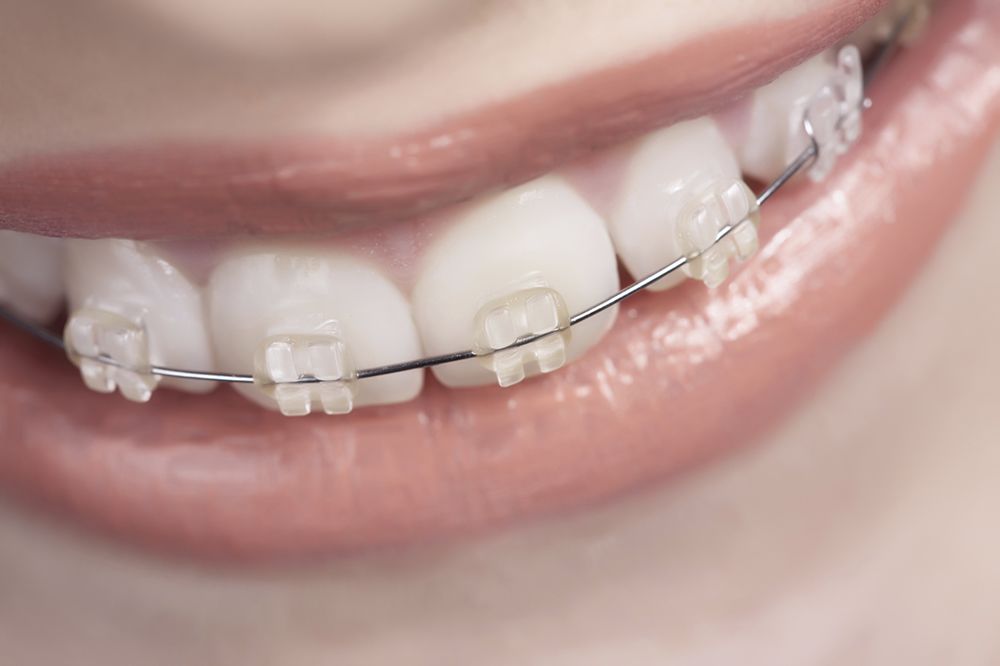Four Tips on How to Floss with Braces
 At Kellyn Hodges Orthodontics, Dr. Kellyn Hodges and her team devote much of their time to educating prospective patients about braces. This often entails clearing up misconceptions about traditional metal braces, which remain a highly effective and efficient method of realigning the teeth and improving occlusion. One of the most common misconceptions about metal braces is that it is not possible to floss once they have been applied to the teeth. Not only is flossing with braces possible, but it is absolutely essential to the patient’s oral health during orthodontic therapy.
At Kellyn Hodges Orthodontics, Dr. Kellyn Hodges and her team devote much of their time to educating prospective patients about braces. This often entails clearing up misconceptions about traditional metal braces, which remain a highly effective and efficient method of realigning the teeth and improving occlusion. One of the most common misconceptions about metal braces is that it is not possible to floss once they have been applied to the teeth. Not only is flossing with braces possible, but it is absolutely essential to the patient’s oral health during orthodontic therapy.
Dr. Hodges discusses flossing with braces during consultations at her Philadelphia, PA orthodontic practice so that patients understand how to floss properly after their braces have been applied. Daily flossing during orthodontic therapy is extremely important, as it helps to remove food particles that would otherwise remain trapped in the teeth, braces, bands, and wires, dramatically increasing the risk of cavities. While flossing with braces may require greater care and concentration than flossing without braces, it is well worth the extra effort.
Tips on How to Floss Effectively with Braces
First, it is important to note that if you are a parent reading this article on behalf of a younger child who either has braces or is on the verge of getting braces, you should probably assist your child with his or her flossing routine. Flossing with braces requires a good deal of manual dexterity and can be tricky even for adults. For young children, effective flossing with braces may be impossible without your help.
Here are a few important tips to keep in mind when flossing with braces:
- An orthodontic floss threader is an invaluable tool: An orthodontic floss threader is a device that looks similar to a plastic needle. It makes flossing far easier as you can maneuver the floss under the archwire of your braces with improved precision compared to using just your bare hands.
- Waxed floss is a better option than unwaxed floss: Waxed floss is far less likely than unwaxed floss to get caught on your braces, leaving behind shreds of floss that can be difficult to remove. Using a floss threader to gently manipulate waxed floss between teeth will reduce the chances of the floss getting caught in the wires or brackets.
- Consider investing in a water flossing device: A water flosser shoots a stream of water into the mouth, removing debris that you might have missed with your traditional floss. You can even add some antimicrobial mouth rinse to your water to help fight bacteria. While water flossers should not be considered replacements for traditional floss, they can certainly be useful in augmenting your flossing routine.
- Take your time: Flossing with braces will take about three times longer than flossing without braces. Don’t rush yourself. Schedule time for your flossing routine each day to ensure that you floss properly.
Learn More about Flossing with Braces
To learn more about flossing with braces, please contact Kellyn Hodges Orthodontics today.


